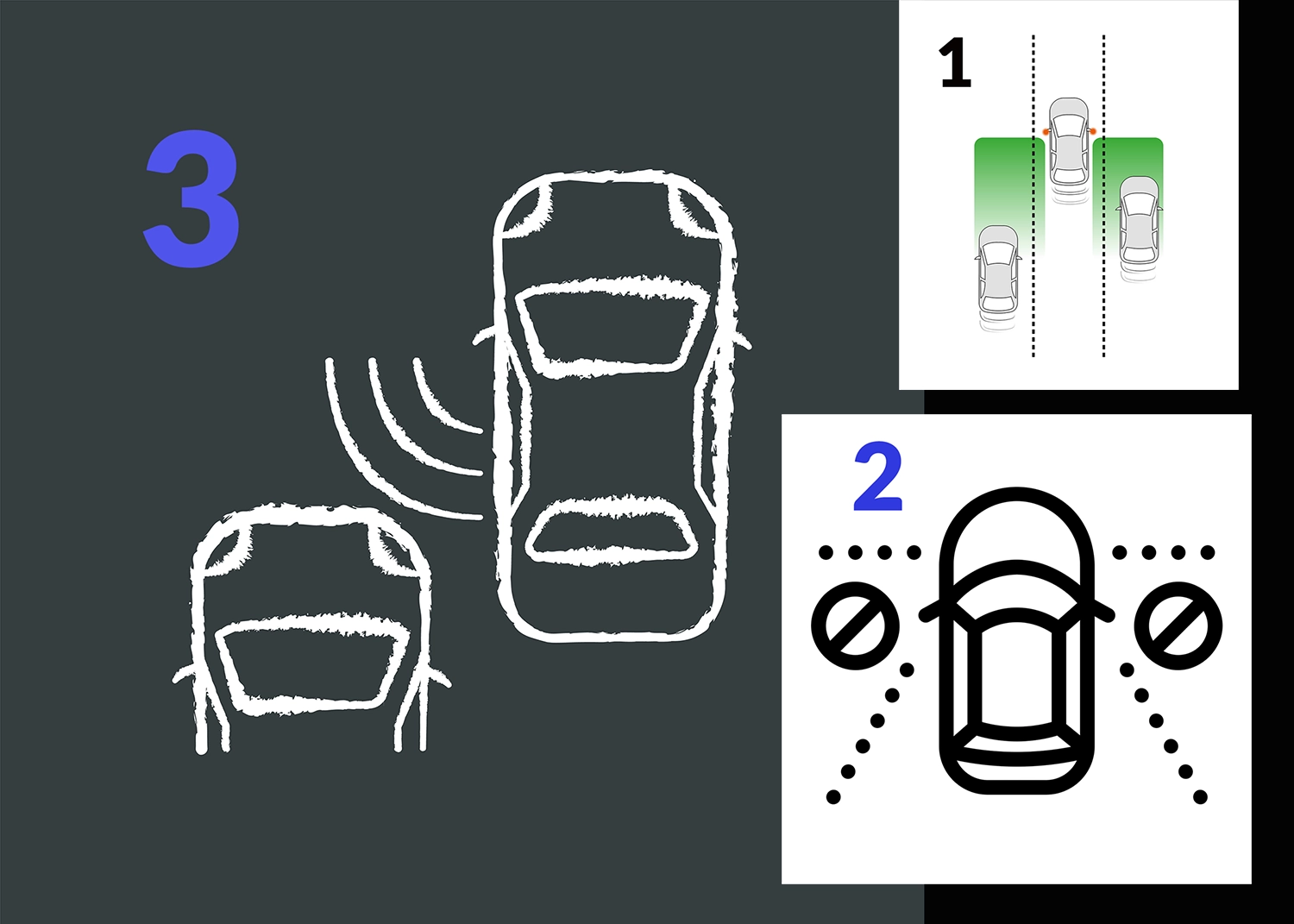3: Blind Spots at Speed – Do We Really Need to Check?
At speeds above 40 km/h, many drivers argue that blind spot checks are less necessary. After all, if you’re vigilantly scanning the road ahead and monitoring your rearview mirror, you should already know what’s beside you, right? In theory, yes. Drivers who actively track vehicles overtaking them, or those that enter their vicinity from intersections or driveways, can logically predict when those vehicles will enter their blind spot. The physical check then becomes a confirmation rather than a discovery.
But this relies heavily on the driver’s ability to continually extrapolate information from both the front and rear. For instance, if you notice a vehicle pulling out of a gas station but don’t see it in your rearview mirror, logic tells you that it may have entered your blind spot. The check, in this case, serves to verify that your assumption is correct. In this scenario, driving becomes a proactive exercise in predicting movement rather than simply reacting to it. However, the danger lies in overconfidence—assuming too much without confirming can lead to overlooked hazards. The blind spot check remains vital, not because it reveals what you don’t know, but because it ensures your predictions are correct.
Conclusion: Rethinking Blind Spots
Together, these three perspectives challenge conventional thinking about blind spots. It’s not about “seeing” something new—it’s about confirming what you already know. Drivers must remain vigilant, avoiding the complacency that can come from years of experience, and continuously update their awareness with physical checks, even at higher speeds. By combining logic, awareness, and the physical confirmation of a blind spot check, drivers can enhance their safety and maintain control over their surroundings on the road.
By Cooper
https://ihaveevolved.com/our-brains-are-lazy-and-convince-us-we-know
A QUALITY “CALM DRIVING” VANCOUVER BRITISH COLUMBIA CANADA DRIVING SCHOOL






Comments are closed